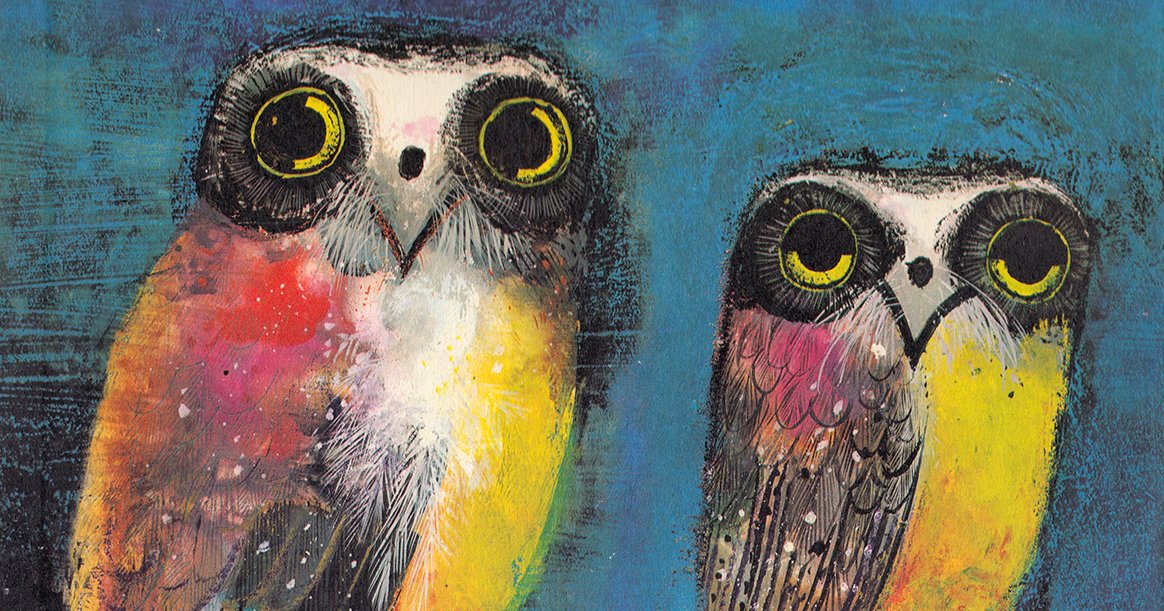The Fascinating Origins of Bird Group Names with Vintage Illustrations by Brian Wildsmith
Language is a powerful tool that not only describes but also shapes our understanding of the world. The author delves into the intricate history behind collective bird nouns, revealing how these terms reflect cultural beliefs and mythologies. From observable characteristics to ancient superstitions, each term carries a rich tapestry of meaning.
Juliana Barnes, an unknown nun from centuries ago, played a pivotal role in documenting these company terms in her book, challenging societal norms by writing about traditionally masculine topics. Brian Wildsmith's illustrations further brought these terms to life, showcasing the evolution and regional variations in bird group names over time. Through exploring these linguistic evolutions, we gain insight into how language mirrors life's adaptability and transformation.
Personalizar Resumo
Reescrever com IA
Gerar Citações
Traduzir Texto Original
Para Outro Idioma
Gerar Mapa Mental
do conteúdo original
Visitar Fonte
www.themarginalian.org
A Parliament of Owls and a Murder of Crows: How Groups of Birds Got Their Names, with Wondrous Vintage Illustrations by Brian Wildsmith
Principais Insights Extraídos De
by Maria Popova às www.themarginalian.org 01-04-2024
https://www.themarginalian.org/2024/01/04/brian-wildsmith-birds-company-terms/
Perguntas Mais Profundas
